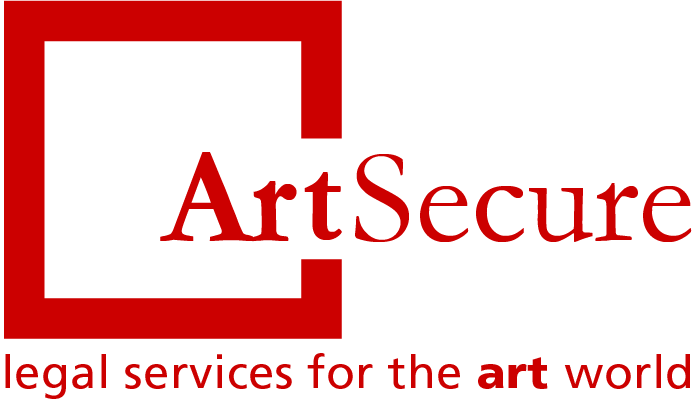Art is increasingly considered as an asset class; investing in art is being used as an alternative investment tool. This is due to certain attractive characteristics of carefully selected works of art: international marketability and retention of value over time. Crucially, a low or negative correlation of the international art market with stock indexes makes investing in art all the more attractive.
In view of this, art and finance is a growing industry. Collectors increasingly seek to use high-value fine art as an alternative means to obtain liquidity and banks increasingly offer related services.
The number of cases of works of art used as loan collateral has been growing lately. According to Deloitte’s Art Finance report 2014, 36% of private banks offered such service to their private clients in 2014. This is interesting to view in relation to the previous years (27% in 2012 and 22% in 2011), clearly noting an upward trend.
A number of banks are comfortable offering loans secured by artworks as a way to hedge against the decrease in value of more traditional loan collaterals, especially at times of financial crisis. CitiBank, Deutsche Bank, JP Morgan, PrivatBank Berlin and Emigrant Bank Fine Art Finance all offer the service. CitiBank was a pioneer in this since the late 1970s in Europe the US and in 2014 expanded in Asia and South America led by strong demand for blue chip works of art from these emerging markets.
These financial institutions will offer art-backed loans typically on a full recourse basis. This means that if in case of default the lender is not satisfied from the price achieved after selling the collateral, they will seek to recover the balance from the borrower’s other assets.
Although the number of banks willing to lend against art is increasing, this service is still only offered to their private clients. In addition, currently only blue chip artworks qualify, with minimum value $1million. Even for these works, however, the bank will extend a loan of an amount up to 40-50% of the art’s value.
Read in Art as Loan Collateral: Part II the legal aspects and general requirements of using art as loan collateral.






